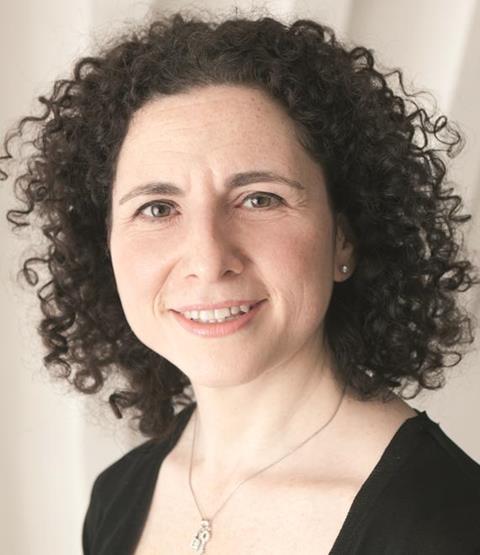
I’m just back from a weekend at Dartington Hall in Devon, where the sun was shining and the makers of the BVMA were out in force for their annual conference. The weekend is always a good chance for me to meet people and get story ideas, and there were plenty of interesting lectures by way of inspiration.
The first was given by Mark Wilhelm, a Swiss maker who’s researched the way the Nazis ‘confiscated’ instruments belonging to Jews. As the daughter of a German-Jewish refugee who escaped in 1938, I thought I’d heard it all before, but what shocked me – and quite palpably the rest of the audience – was the systematic and specific ways in which the theft of musical instruments was justified, legalised and accomplished. Laws were passed, a special music bureau set up to organise the confiscations; instruments distributed as military rewards or to orchestral players. And not just in Germany, but in other occupied countries.
Wilhelm is also concerned with what happened after the war. Many instruments made their way through Switzerland, or straight to Russia, or ended up in the US and South America. Labels were often changed to cover any trail (known as ‘re-christening’) and many people became rich from the loot. There are few survivors now who would be able to identify their instruments, so it’s unlikely any action can be taken and a dark cloud remains from the darkest of times. I started wondering about the cleanliness of my own Sebastian Klotz fiddle.
In a lighter vein, I heard a new viola joke. What’s the definition of perfect pitch? Throwing a viola directly into the bin without it touching the sides. This was told by James Boyd, a viola player, so I suppose it’s okay to repeat it. He gave a talk to the makers about what he looks for in an instrument. As a keen proponent of modern instruments he has a whole list of characteristics that he observes, such as whether a viola can hold its own in a piano quartet, or next to a great Italian instrument; if its impact is momentary or long-lasting; whether it makes things sound ‘shallow’ or ‘meaningful’. I’d imagine that Boyd is pretty rare among musicians in his openness to new instruments, and many of the makers I spoke to commented on how useful it is to have such a perspective. Boyd later performed a concert on three modern instruments and played some of the instruments that BVMA members had brought, which was in itself an interesting exercise in comparing sounds.
On Sunday Helen Michetschläger gave an impressive Nigella Lawson-style introduction to bending a viola front, complete with fish kettle and egg timer, although somewhat less double entendre. And rounding off the weekend, The Strad’s own John Dilworth expounded on Brescian instruments, by way of copious photos and a handy laser pointer. He demonstrated the individuality of the instruments compared with Cremonese ones, which are generally more consistent, with some beautiful examples.
Of course there were the customary moonlit midnight feasts, good conversation, too much drink and too little sleep. All set in the backdrop of the magnificent 14th-century hall and stunning grounds. There was talk of trying to find somewhere else for next year, but I certainly hope that I’ll be back at Dartington next September.







































No comments yet